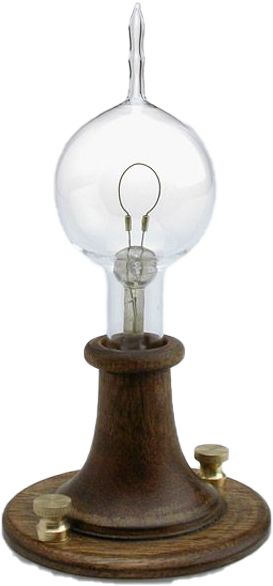I’ve been searching for a local or regional marketing consultant to hire, to put together a marketing plan. To me, the most obvious place to me to find that person is LinkedIn – the social network for business. To my great disappointment, of the more than 60 profiles I opened for people listed as “Marketing Consultant” or “Independent Marketing Consulting” only THREE of them had contact information on their LinkedIn profile. It should be a giant red flag if a MARKETING CONSULTANT doesn’t know how to market themselves… or at the very least, make it possible to contact them. And again, this is on a business networking website – the place I trust more than random web searches or yelp to find a business professional.

Over the years, I’ve repeated the same idea to hundreds of people: Twitter, facebook, instagram and the like, are exactly what they purport to be – “social networking platforms”… while LinkedIn is for business networking. Many years ago, my own mother created a LinkedIn account and sent me a connection request – which I did not accept, because she wasn’t a business connection. We never worked together; I never hired her for a service; She didn’t work for a company I did business with; and she wasn’t a professional business person. She was my mother, who wanted to stay connected with her son… which she already was connected with – on facebook. I have never sent, or accepted connections with people on LinkedIn with people I didn’t actually have a business connection with – even my mom.
A few years ago a ‘dream job’ came up at a company I wanted to work at for a long time. I researched the job and found that the hiring manager was a 1st level connection on LinkedIn with my boss. I went into my boss’s office – who I’d known for 20+ years – and told him about the position, and asked if he would make an introduction and give me a personal review to help my chances for the position. My boss/friend couldn’t place the name and pulled up the hiring manager’s profile on LinkedIn – but he had no idea who the person was on his screen. Befuddled, I asked how he was a 1st level connection with the hiring manager, but had no clue about the person. His simple explanation irritated me – he said that he connected with anyone who sent him a request. That simple. Whether he had met the person before or not. Whether he worked in the same industry, or had any connections in common. He connected with everyone. And because of that, he single-handedly broke the most powerful feature of LinkedIn – for everyone. The 1st, 2nd, and 3rd level connections are meaningless if everyone is connected.
I was reminded of these stories today as I searched for someone to hire, because I became more annoyed by these “marketing consultants” who didn’t have contact information, than I was with my friend who didn’t now how LinkedIn worked (or just didn’t care.) Yes, I know I’m more… analytical… (or picky) than most, but that’s because LinkedIn always seemed like a good, useful tool for business. I know it’s just me. But can I also tell you exactly how I’m connected to 99.8% of the people I’m connected to on LinkedIn. (That .02% are the people I’ve tried to connect with over the years because they had a service or business I wanted to learn more about.)
As a geek, problem solver, and over-opinionated business person, there is a solution. Microsoft (who now owns LinkedIn) could reset ALL connections between people, then require that new connections actually are connections. That they were on the same email domain as the possible connection. Or that some effort be required to connect on the site, like a passphrase/counter-passphrase that’s slightly annoying, but just enough so that people want to go through the trouble to be a 1st level connection. But that won’t ever happen. Microsoft just wanted the data, and to have another platform to sell ads on. It’s not actually about business connections. And it’s clearly not as useful as it was 20+ years ago.


